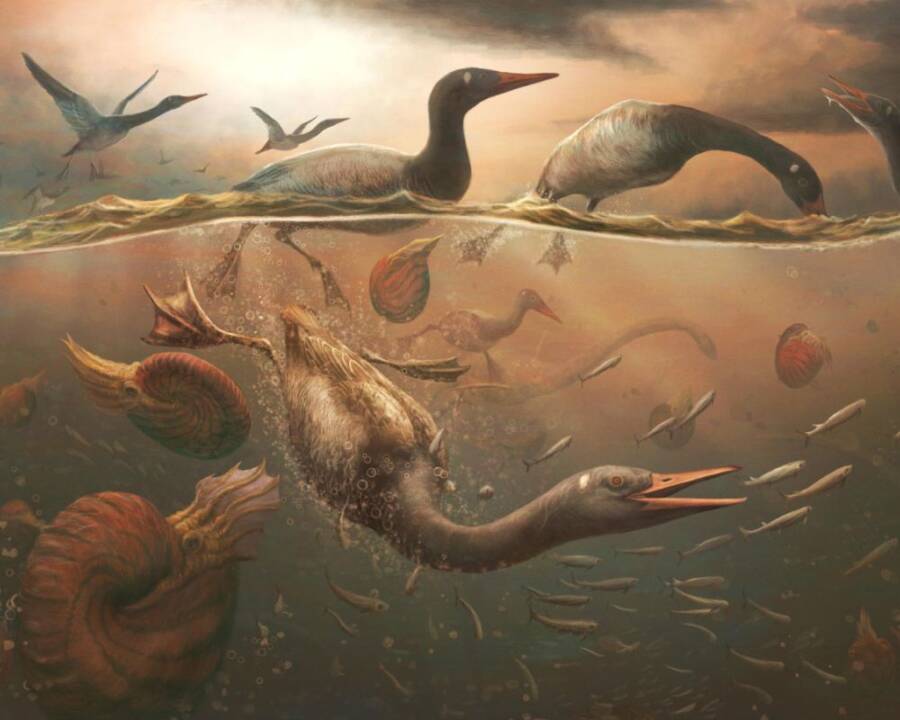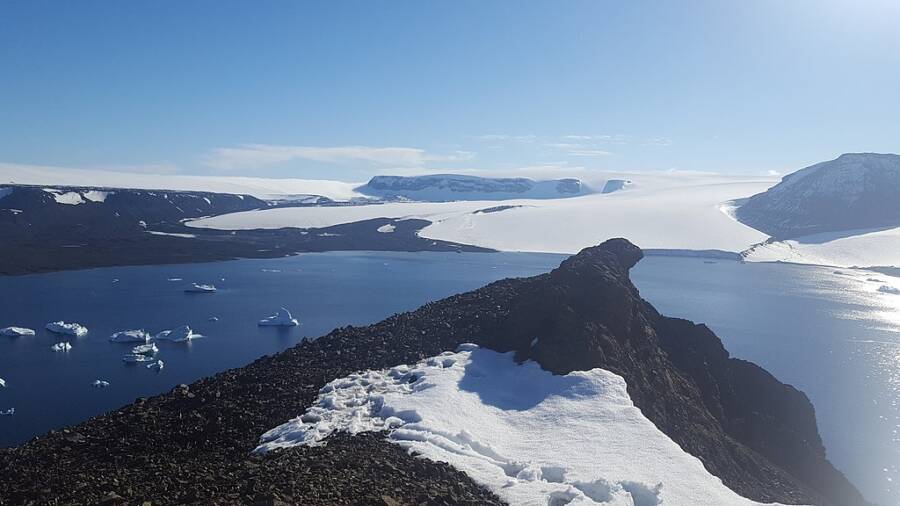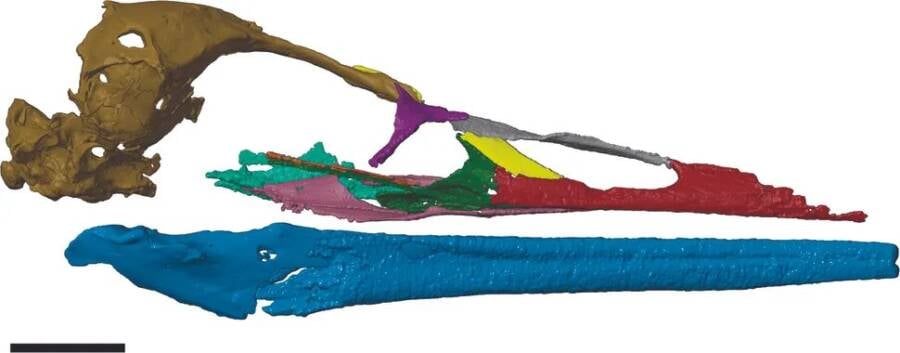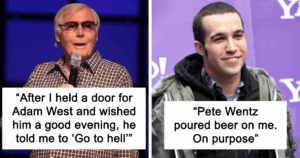“Unearthed: The Prehistoric ‘Duck’ That Could Redefine Our Understanding of Modern Birds!”
Isn’t it wild to think that some of the birds we see today were already spreading their wings while dinosaurs roamed the Earth? Welcome to the story of Vegavis iaai, a fascinating fossil discovered in the icy corners of Antarctica! This ancient creature, with its duck-like features, lived an astonishing 69 million years ago during a time when our planet looked completely different. What’s truly riveting is that the analysis of its fossilized skull suggests that modern birds may have begun their evolutionary journey long before that cataclysmic asteroid brought about the end of the dinosaurs. Imagine trying to unlock the mysteries of a world where dinosaurs and early birds existed side by side! As researchers delve into the remnants of V. iaai, they’re hoping to shed light on how these feathered beings survived the most monumental extinction event in Earth’s history. What secrets could this ancient bird hold about our avian friends today? Well, there’s only one way to find out! LEARN MORE.
The 69-million-year-old fossilized skull of Vegavis iaai unearthed in Antarctica suggests that modern birds evolved before the mass extinction event that killed the dinosaurs at the end of the Cretaceous Period.

Mark WittonAn illustration of Vegavis iaai, the duck-like creature that lived in Antarctica during the Cretaceous Period.
Long before Antarctica became the frozen desert we know it as today, it was the temperate, forested home of one of Earth’s earliest modern bird species: Vegavis iaai.
V. iaai thrived in Antarctic waters during the Cretaceous Period some 69 million years ago. Its incomplete fossils have puzzled scientists for decades, sparking debates about whether it was truly an early ancestor of today’s ducks and geese.
In 2011, researchers unearthed a skull from V. iaai, allowing them to analyze its features in full. Their recently published findings revealed that the species had a brain shape similar to modern birds, a distinct beak structure, and strong jaw muscles suited for underwater hunting.
Researchers are still piecing together the creature’s place in the evolutionary record, and they hope that future fossil discoveries will provide a clearer picture of how birds survived the mass extinction event that spelled the end for most dinosaurs.
Finding Fossils Of ‘Vegavis Iaai’ In Antarctica
In 1992, the first Vegavis iaai fossil was discovered on Vega Island in Antarctica. It dated back roughly 68 million years to the Cretaceous Period, a geological era that saw some of today’s most recognizable dinosaurs, including the Tyrannosaurus rex and Triceratops. During this period, Antarctica was a lush rainforest with average temperatures hovering at 66 degrees in the summer.
The end of the Cretaceous Period came when a giant asteroid struck Earth, causing the extinction of non-avian dinosaurs. Many scholars assumed that modern birds evolved in response to this mass extinction event, but the discovery of V. iaai has turned that idea on its head.

Joseph W. Holliday/Wikimedia CommonsVega Island in Antarctica, where the first V. iaai fossil was discovered.
“Studies that look at genomic comparisons of modern birds predict that the earliest divergence happened prior to that mass extinction,” study co-author Christopher Torres, a paleontologist at The University of the Pacific in Stockton, California, told Live Science. “But their fossil record is extraordinarily scarce.”
Julia Clarke, a paleontologist at the University of Texas, Austin, was the first to describe V. iaai as an ancestor of modern birds, particularly waterfowl. Other scholars doubted the finding, citing the 1992 fossil’s lack of a skull.
“[The initial fossil] was just a completely different part of the skeleton. And when it comes to birds, the skull has a lot of phylogenetic or informative characteristics that tell you what it is,” study co-author Patrick O’Connor, an evolutionary biologist at Ohio University, told Live Science.
Then, in 2011, a fossilized skull of V. iaai was discovered, providing researchers the opportunity to better place the bird in the evolutionary record.
Analyzing The Oldest Modern Bird Fossil Ever Discovered
In a study recently published in the journal Nature, researchers examined the skull of V. iaai to learn more about the prehistoric species and its place in the bird family.
Using 3D reconstruction, researchers identified several key features of the bird. First, they discovered that it had a brain shape and beak structure typical of modern birds. The rock the skull was encased in was between 68.4 and 69.2 million years old, suggesting modern birds evolved before dinosaurs went extinct.

Joseph Groenke/Ohio University and Christopher Torres/University of the PacificA digital reconstruction of the skull of Vegavis iaai.
The analysis also showed that V. iaai had strong jaw muscles similar to today’s diving birds. This evidence supports a connection between V. iaai and modern birds, but it has not positively identified the species as an ancestor of ducks and geese.
Auto Amazon Links: No products found.














